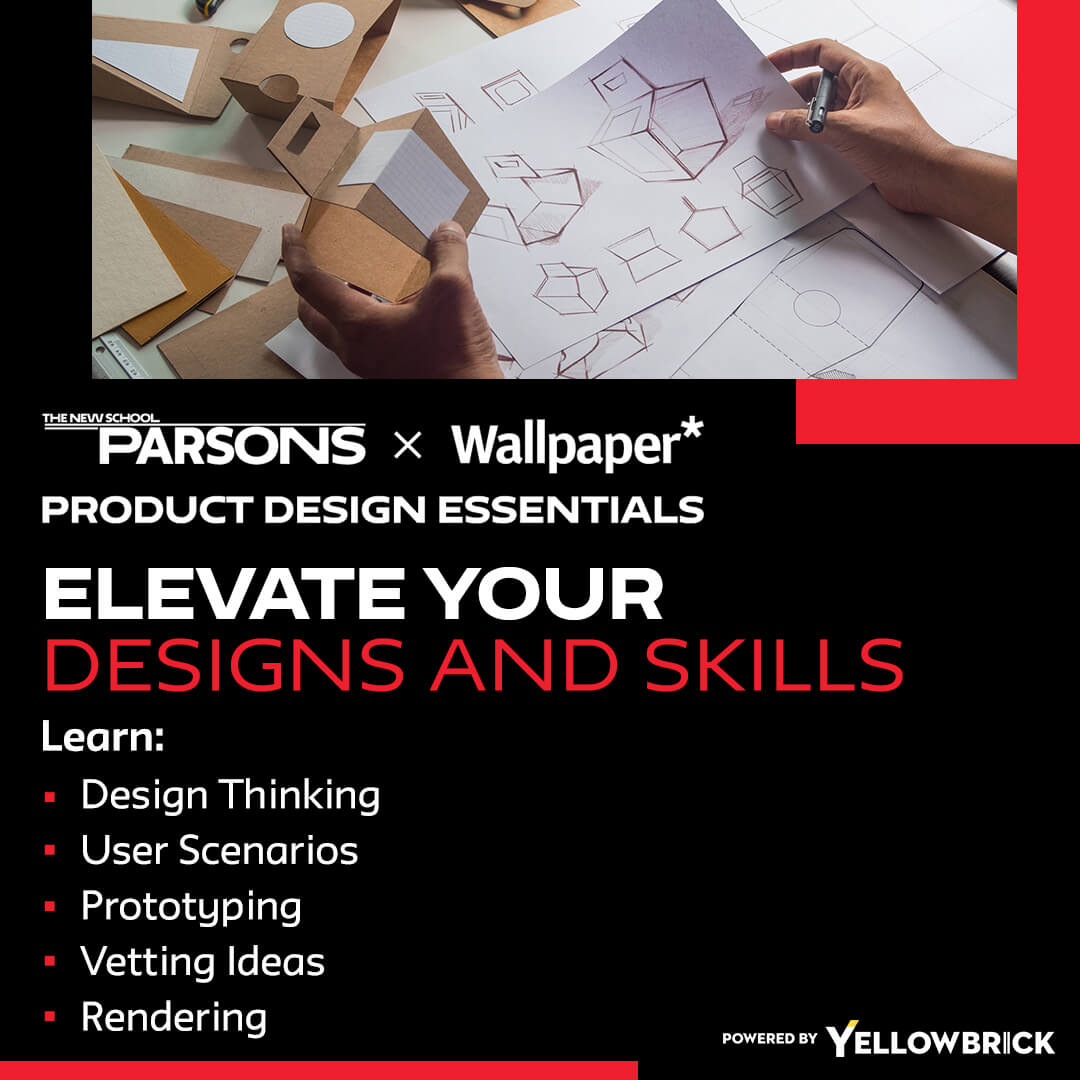In the world of digital product design, user experience (UX) is the driving force behind every successful product. A seamless, intuitive, and engaging experience not only satisfies users but also sets a product apart in a competitive market. To achieve UX success, designers must go beyond aesthetics and focus on strategies that prioritize the needs, behaviors, and emotions of their users. Below are the top strategies that can elevate your UX product design process and lead to measurable success.
Understand Your Users Deeply
The foundation of great UX design is a thorough understanding of your target users. Without this, even the most visually stunning interface can fail.
- Conduct user interviews, surveys, and field studies to learn user needs and pain points.
- Create personas that represent your key user types to guide decision-making.
- Map out user journeys to uncover moments of friction and opportunity.
Embrace User-Centered Design Thinking
Design thinking is a framework that keeps the user at the heart of problem-solving.
- Start with empathy to identify real user problems.
- Ideate multiple solutions before choosing a direction.
- Prototype and test frequently, using feedback to refine your product.
Prioritize Usability and Simplicity
A successful UX design is one that users can navigate easily, with minimal effort.
- Avoid clutter by focusing on core features and essential content.
- Use clear calls-to-action and consistent design patterns.
- Ensure that users can complete tasks efficiently without confusion.
Test Early and Often
Frequent testing prevents major issues down the line and keeps the product aligned with user expectations.
- Run usability tests with real users during early wireframe stages.
- Leverage A/B testing to compare versions and optimize design choices.
- Use heatmaps and analytics tools to understand user behavior post-launch.
Design for Accessibility
Inclusive design ensures that your product is usable by the widest possible audience, including people with disabilities.
- Follow WCAG (Web Content Accessibility Guidelines) standards.
- Use semantic HTML, readable typography, and proper color contrast.
- Include alt text, keyboard navigation, and screen reader compatibility.
Collaborate Cross-Functionally
UX designers must work closely with developers, product managers, marketers, and researchers.
- Hold regular syncs to ensure alignment on product goals.
- Share prototypes early to gather input and identify technical constraints.
- Use design handoff tools to streamline the transition from design to development.
Measure and Iterate
UX design is not a one-time effort—it’s a continuous process of improvement.
- Define key performance indicators (KPIs) like task completion rate, user satisfaction, or bounce rate.
- Use analytics tools like Google Analytics, Hotjar, or Mixpanel to track performance.
- Apply insights from data to inform future updates and refinements.
Maintain Consistency with a Design System
A design system helps keep your product cohesive and speeds up development.
- Create a library of reusable components, styles, and patterns.
- Document usage rules to ensure consistent application across teams.
- Update the design system as your product evolves.
Focus on Microinteractions and Feedback
Small interactions—like animations or success messages—enhance user satisfaction and clarity.
- Use subtle animations to provide feedback (e.g., button hover states or loading indicators).
- Give clear confirmations after actions, such as form submissions or purchases.
- Avoid surprise or confusion by making system status visible to users.
Stay Curious and Adapt
UX trends, tools, and technologies evolve constantly. Stay ahead by committing to lifelong learning.
- Follow UX blogs, newsletters, and design communities.
- Take courses or attend workshops on emerging topics like voice UX or AR interfaces.
- Gather inspiration from top products and study their design decisions.
Conclusion
UX product design success doesn’t come from guesswork—it’s built on research, empathy, and iteration. By adopting these strategies, you can create products that not only meet user expectations but exceed them. Whether you’re launching a new app or refining an existing platform, applying these principles will ensure that your designs are impactful, inclusive, and effective in a competitive digital landscape.
Key Takeaways:
- Understand users deeply through ongoing research to guide all design decisions.
- Prioritize usability and simplicity to create intuitive, frustration-free experiences.
- Test and iterate frequently to validate designs and improve continuously.
- Design for accessibility to ensure inclusivity for all users.
- Collaborate across teams for cohesive, user-centered product outcomes.
- Stay current with UX trends and tools to remain effective and competitive.
Enhance user satisfaction and drive business growth with effective UX product design strategies. Consider taking the Yellowbrick Product Design Essentials online course to elevate your skills and excel in the field.








